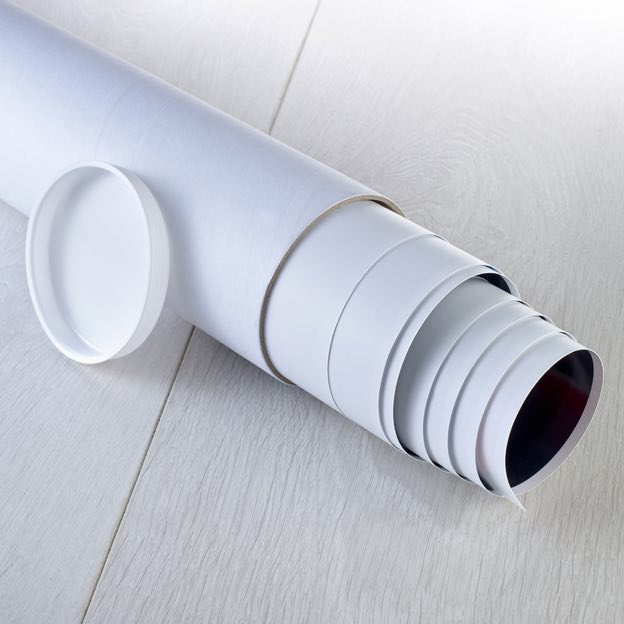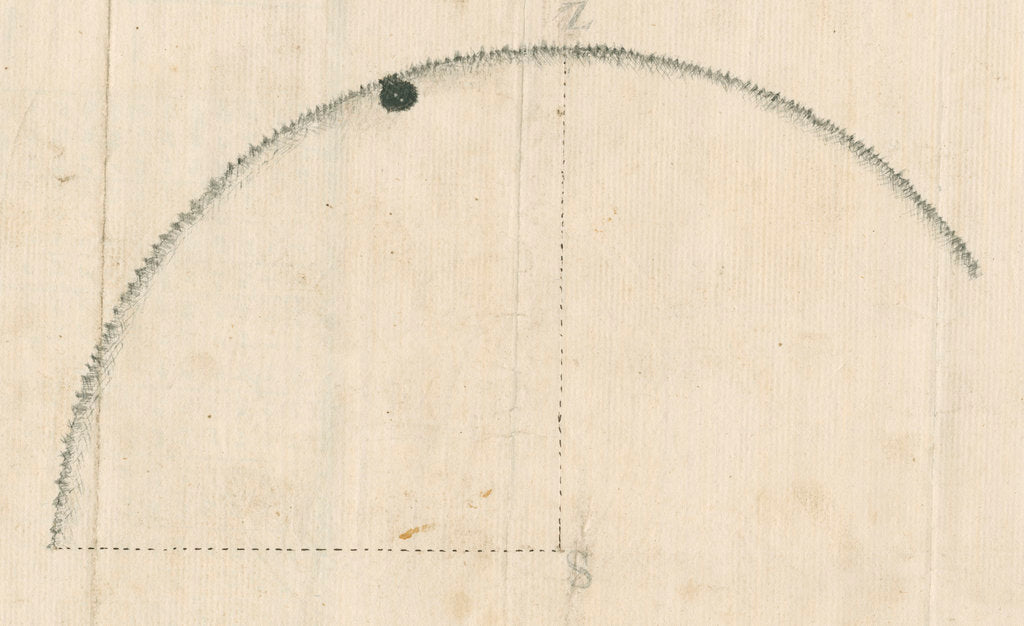Sizing information
| Overall size (inc frame) | x cm ( x in) |
| Depth | cm (in) |
| Artwork | x cm ( x in) |
| Border (mount) |
cm
top/bottom
(in)
cm left/right (in) |
| The paper size of our wall art shipped from the US is sized to the nearest inch. | |

Our prints
We use a 200gsm fine art paper and premium branded inks to create the perfect reproduction.
Our expertise and use of high-quality materials means that our print colours are independently verified to last between 100 and 200 years.
Read more about our fine art prints.
Manufactured in the UK, the US and the EU
All products are created to order in our print factories around the globe, and we are the trusted printing partner of many high profile and respected art galleries and museums.
We are proud to have produced over 1 million prints for hundreds of thousands of customers.
Delivery & returns
We print everything to order so delivery times may vary but all unframed prints are despatched within 1–3 days.
Delivery to the UK, EU & US is free when you spend £75. Otherwise, delivery to the UK costs £5 for an unframed print of any size.
We will happily replace your order if everything isn’t 100% perfect.
Product images of Venus at first internal contact with the Sun



Product details Venus at first internal contact with the Sun
Venus at first internal contact with the Sun
View taken at Mageroya, Nordkapp, Norway, during the 1769 Transit of Venus. Inscribed 'The appearance of Venus on the Sun at Magger & near the 1st internal contact - by Wiliam Bayley.' Published as plate 13 for the paper 'Astronomical observations, made at the North Cape, for the Royal Society', by William Bayly, Philosophical Transactions of the Royal Society, vol.59, 1769, pp.262-272. William Bayly was employed as an assistant by Nevil Maskelyne at the Royal Observatory, Greenwich and would later act as an astronomer to James Cook's second and third Resolution expeditions. He had charge of the Society's two Arnold chronometers aboard HMS Adventure on the second circumnavigation.
Original: ink on paper. 1769
- Image ref: RS-9607
- The Royal Society
Find related images
 zoom
zoom


















